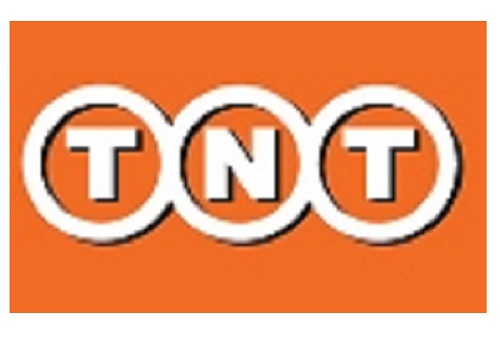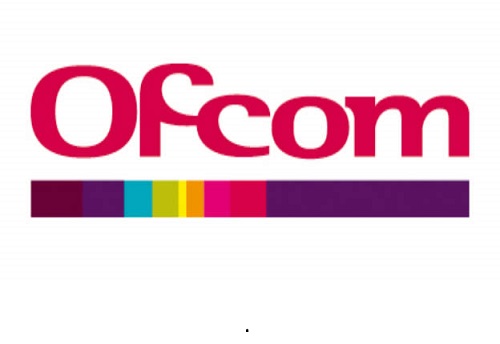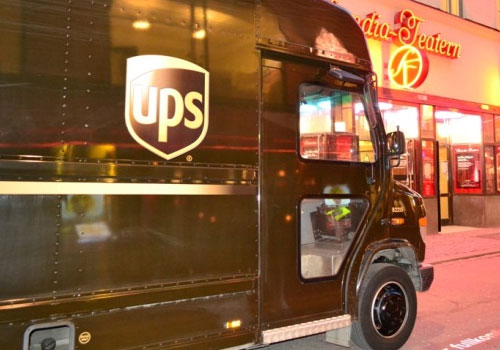
Saved all you can on mail?
Dan Derry, managing director of OPS Logistics Consultancy Ltd, writes for Post&Parcel. Mail is a crucial part of any company’s business. It is normally the first means of communicating with customers, either for transactional or marketing purposes, yet is often the most undermanaged operational activity.
Many companies never review their mail spend, mostly because it falls under the radar or because the spend is spread out over a number of departments, so never really seems large enough to worry about. In many cases those organisations who have reviewed their mail spend and made changes to secure significant savings tend to stop once they have reached the first milestone, looking back on what they have achieved, rather than looking forward to what other opportunities exist.
There are three phases worth considering:
1) A company can cut costs through a process of streamlining, which requires taking a hard look at what and how mail is sent out. For example, can items be consolidated into a single envelope and still meet the target weight of under 100 grams, resulting in lower volumes of post? Is there sufficient volume to move to a Mailsort criteria, thus obtaining a lower unit price from Royal Mail? For items which have to go unsorted, can the addressing criteria be managed to qualify for Cleanmail and further discounts? Can the customer addressing file system be cleaned up to remove all incorrect addresses?
Poor database management can account for a significant proportion of mail costs, which is like throwing money away, because a company is paying to send something to someone who will never receive it.
2) Once the first phase is complete, the company can explore opportunities to outsource the mail handling to another carrier, outside of Royal Mail. This is commonly called Down Steam Access (DSA), which does not mean that Royal Mail will cease to handle your mail completely. The alternative provider will collect, sort (if required) and deliver the mail into the Royal Mail Inward Mail Centre (IMC) for final mile delivery.
You might think that having two providers would increase cost, but in fact the opposite is true. Many companies who have outsourced their mail in this fashion have managed to save millions of pounds per annum. An added bonus is that most have also seen an improvement in delivery performance as well as better management information. In the main the outsource provider will handle all Mailsort and unsorted mail, including Large Letter, although this needs to managed closely to ensure it is not more expensive. Most companies however do not move packets or 1st Class post through an alternative provider, partly due to cost, which brings us on to the final phase.
3) Normally after a company has outsourced its post, it enjoys benefits including financial savings, but then takes no further measures to see what else could be saved. Using 1st Class post as an example, this method is often safeguarded with vigour, using a host of justifications:
o The customer expects to have this level of service
o It demonstrates that the company cares for the customer
o It’s the way we’ve always done it
o We need to ensure a quick response
The above is just a small sample of excuses, but there are many more, most of which do not hold water. Can it honestly be said that if a customer receives their post twenty-four hours later than normal they will take offence, complain or leave? Usually when companies have made this change it goes unnoticed by the end customer and if there are complaints, then these can be managed accordingly.
There are always going to be a number of items that will need to be posted 1st Class but these can be identified during an initial assessment stage.
So how does a company make this change?
If a business is using a DSA model then all Mailsort 1 items will go via a two-day service as a matter of course. For unsorted mail most alternative suppliers offer a two-day business service which is easily adapted too. If Royal Mail is being used it is just a matter of downgrading the letter. It is worth bearing in mind that companies can save as much as 118% on what was previously saved by adopting the DSA model, meaning that it is possible to double savings by just having a look at different options. Of course the exact level of saving is partly dependent on an individual company’s mail profile.
In summary, the first step to optimising a mail operation is understanding a company’s mail profile and spends, as it is likely to be costing more than is realised. An organisation needs to ask itself, are there other alternatives that will benefit the company and is it viable to do so? After changes have been made it’s important to have another look and challenge the norm in order to drive further benefits. Just because savings have already been made, and improved value for money, does not mean there is not more to be obtained.













